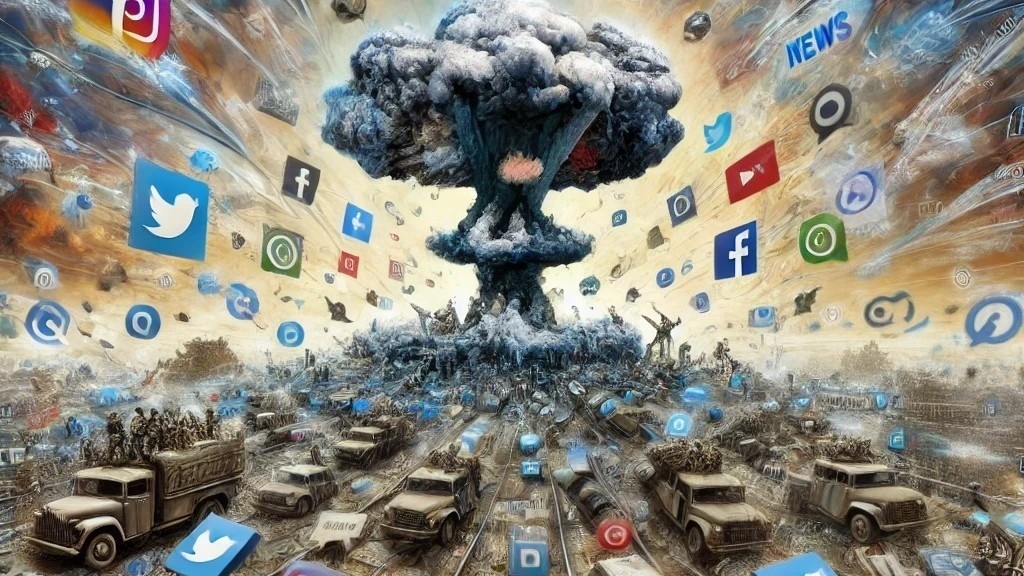Narrative War: How Digital Media Turns Narrative into a Battlefield Tool
In the ever-evolving landscape of global conflicts, there’s an often-overlooked weapon: the power of a story. It’s no longer just about the clash of armies or diplomatic negotiations; today, the war of narratives plays out on social media, TV screens, and news feeds. Every side, every actor—whether government, activist group, or media outlet—is trying to capture our imagination, shape our emotions, and sway our perspectives. And with the rise of digital media, managing these narratives has become more immediate, influential, and often, more chaotic.
Gone are the days when governments alone dictated the narratives surrounding conflicts. Now, anyone with a smartphone can become a storyteller, and the lines between truth and propaganda blur with every retweet and viral post. The media’s framing influenced global public perception and policy in ways that traditional military might couldn’t.
The rise of social media platforms has given narratives a turbo boost. We now have what scholars call the “hybridity of media,” where traditional news sources, viral tweets, and even memes converge to create a chaotic tapestry of storytelling. This can amplify marginalized voices, but it also enables misinformation to thrive. Think about it: a single manipulated image or misleading tweet can be shared millions of times before fact-checkers can even blink. The narrative battlefield is crowded, messy, and often ethically dubious.
In this tangled web of narratives, storytelling isn’t just about winning hearts and minds—it’s about creating a shared sense of identity or a common enemy. Governments, NGOs, and even corporations have realized that by weaving emotive, relatable stories, they can influence public opinion and spur action. Stories are powerful because they aren’t just abstract arguments; they are human. They make us feel the urgency, the pain, the hope. However, the trick is to adapt these stories across different media platforms to effectively reach diverse audiences.
But managing narratives isn’t without its challenges. Leaders must be careful about ethical storytelling—a well-crafted narrative might rally support. Still, if it’s built on misinformation or overly simplistic views of ‘good versus evil,’ it can lead to devastating misunderstandings and prolonged conflicts. Ethical storytelling means embracing the messy complexity of conflicts, not shying away from uncomfortable truths. The world isn’t black and white, nor should our stories be.
So, how can we navigate this battlefield of narratives? For starters, being media-savvy is more important than ever. Recognize the power behind the stories you’re consuming: who is telling them, and what do they stand to gain? In the age of digital media, where every post attempts to push a particular worldview, it’s up to us as consumers to decide whether we want to be passive recipients or active participants in shaping those narratives.
The narrative war isn’t slowing down, and with AI tools making it even easier to generate persuasive content, the stakes are getting higher. But amid the noise, one thing remains true—stories have the power to divide and heal, connect, and drive meaningful change. It’s up to all of us to decide how we wield that power.
